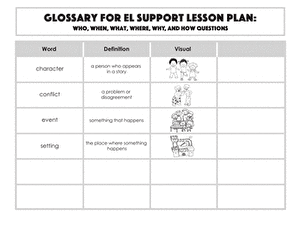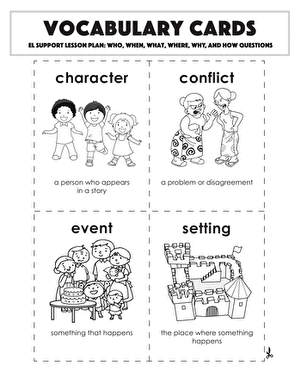Activity
Learning Why and How to Compost
Composting is a fun and rewarding way to give back what we take from the Earth. Show your child how to get involved in composting by following these easy and Earth-friendly steps! Young environmentalists will enjoy learning why and how to compost as they create their own kitchen compost pail, explore the items they can put in their compost and the items to exclude, and then help with the process of filling their compost, turning it, and observing the changes that occur. A great way to celebrate Earth Day, this ongoing Earth and science activity will help second and third graders grow their observation and critical thinking skills while getting them involved in the gardening process.
No standards associated with this content.
Which set of standards are you looking for?
What You Need:
- Compost Stew: An A to Z Recipe for the Earth by McKenna Siddals
- Kitchen compost pail
- Two large 5-gallon buckets with lids and holes for aeration
- Gardening gloves
- What is Compost? worksheet
- Making Compost worksheet
What You Do:
Before You Compost:
- Read Compost Stew: An A to Z Recipe for the Earth by McKenna Siddals with your child. As you read, discuss what composting means to you and your family. Some ideas of questions to ask your child include:
- Why do people compost?
- Why do some things decompose (break down), whereas other things stay the same (man-made vs. natural)?
- What are some materials that may not decompose? How do you know?
- How can composting help us grow more food to eat?
- Why do you think composting is good for the Earth?
- Use the What is Compost? worksheet to further support your child’s understanding of what compost is. Be sure to review some of the important vocabulary words included on the worksheet (e.g., organic, decompose, and mulch).
- Complete the Making Compost worksheet with your child to help them understand what materials can/cannot be placed in a compost pile or bin.
Learning How to Compost:
- Create your own compost pail by following the steps from the Kitchen Compost Pail activity.
- Collect scraps from vegetables and fruits, as well as brown material from cardboard boxes, toilet paper rolls, etc.
- Cut the scraps into tiny pieces so they break down more easily. Ask your children to help you! This can be a daily activity you do together as a family.
- Place the scraps in the compost pail your child helped create.
- When your compost pail is full, ask your child to bring the pail outside and dump the scraps into the 5-gallon bucket.
- Make sure the lid is tight, then help your child turn the bucket on its side and roll it around.
- Continue this process until the bucket is full.
- Set the first bucket aside and allow it to sit for a month (or as long as it takes for the scraps to decompose) as the materials continue to break down.
- Ask your children to make daily observations through writing or drawing in a journal. Discuss the changes you see.
- Continue rolling the bucket around regularly for optimal decomposition.
- Start adding your scraps to the second bucket so that you have both a new compost and ready-to-use compost in a cycle.
- After a month, check out the beautiful dirt you made in your first bucket and set aside your second bucket! Create a small garden with your compost by planting easy to grow herbs like oregano, thyme, and rosemary. Involve children in picking the herbs to add flavor to delicious meals!
Note: During cold weather, consider covering the compost with a tarp. You can add to the compost, but the cold will dramatically slow down the process.
Related learning resources













